28+ Professional Development Plan Templates
-

Development Plan Template
download now -

Professional Development Plan
download now -
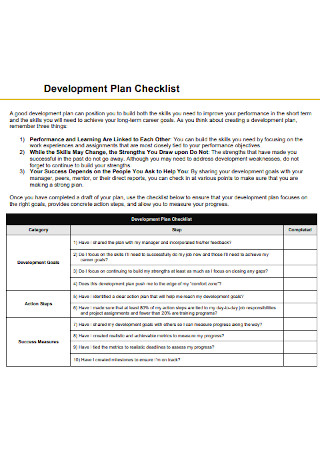
Development Plan Checklist
download now -
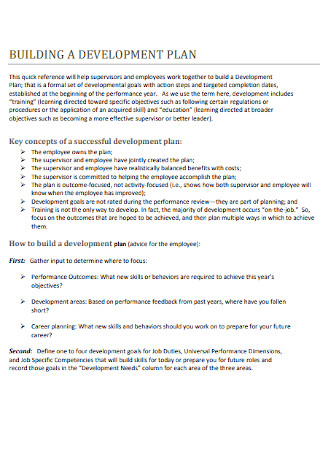
Building Development Plan Template
download now -

Individual Development Plan
download now -
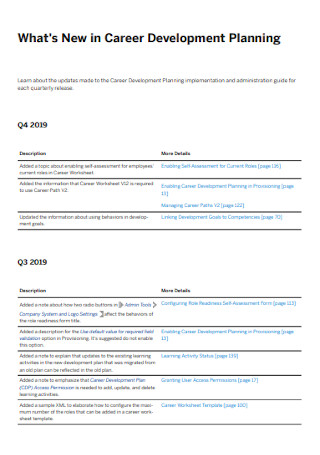
Career Development Plan
download now -
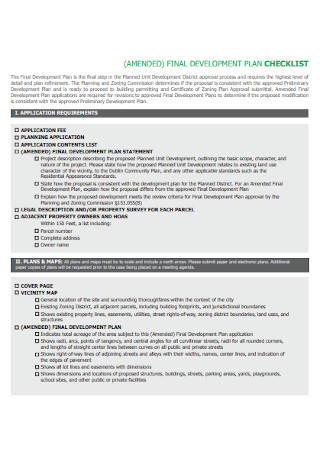
Final Development Plan Template
download now -

Municipal Development Plan Template
download now -
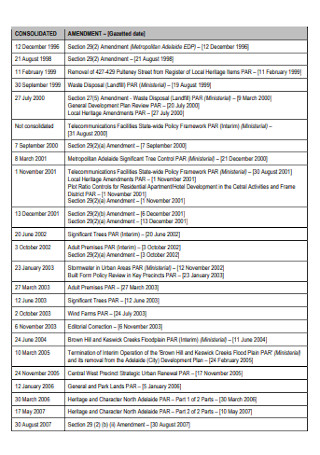
Sample Development plan Template
download now -
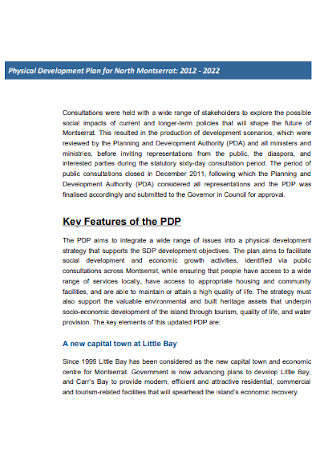
Physical Development Plan
download now -
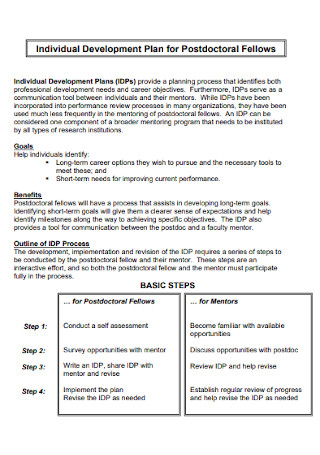
Individual Development Plan Example
download now -
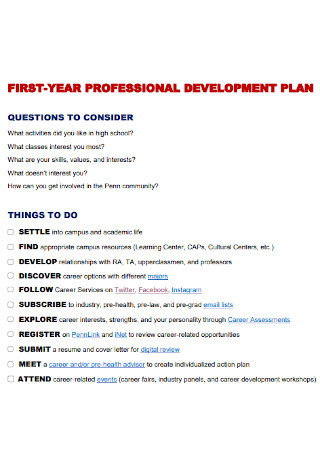
Professional First Year Development Plan
download now -
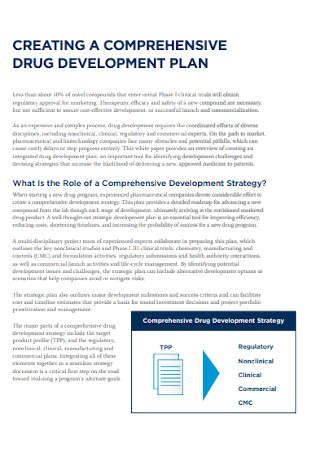
Comprehensive Drug Development Plan
download now -
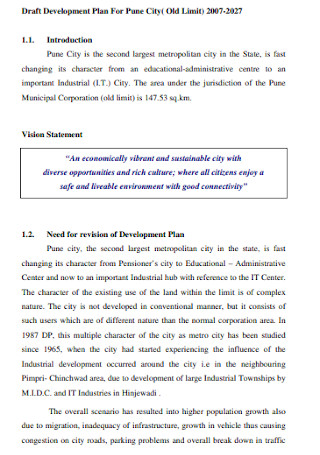
City Development Plan Template
download now -
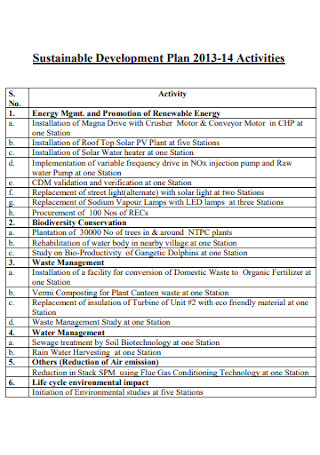
Sustainable Development Plan
download now -
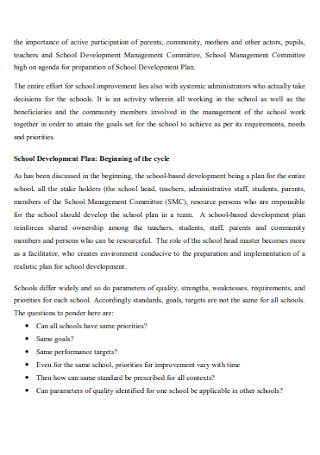
School Development Plan
download now -
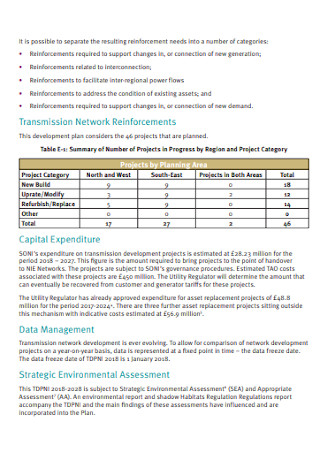
Transmission Development Plan
download now -
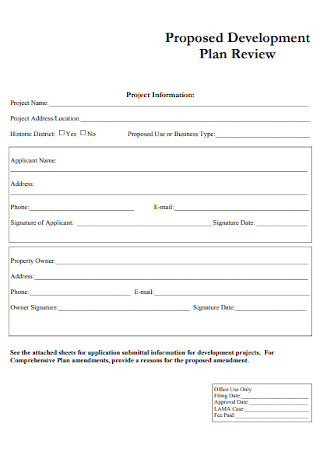
Proposed Development Plan
download now -

Campus Development Plan
download now -
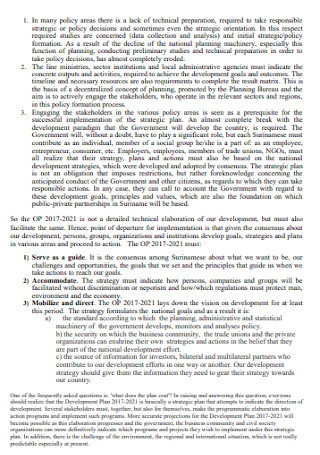
Policy Development Plan Template
download now -
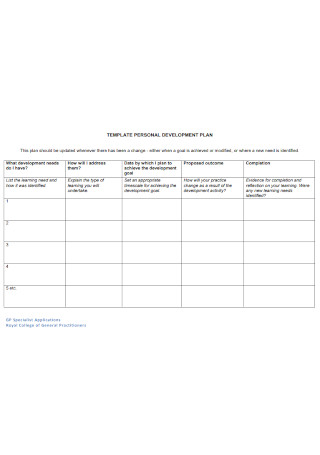
Sample Personal Development Plan
download now -
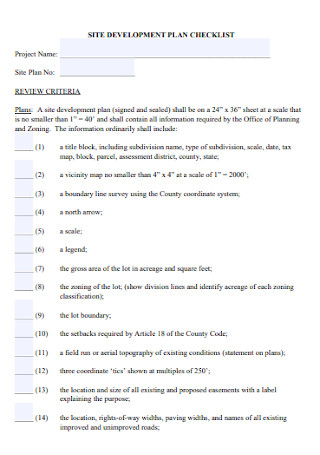
Site Development Plan Checklist
download now -
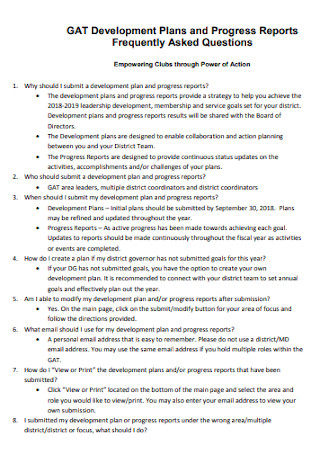
Development Plans and Progress Reports
download now -
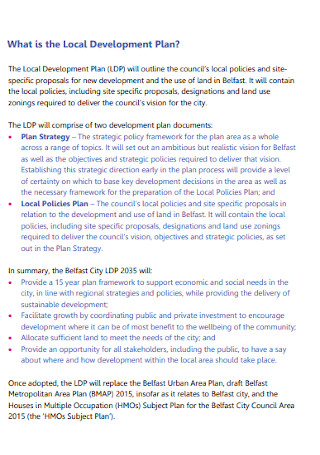
Local Development Plan Template
download now -
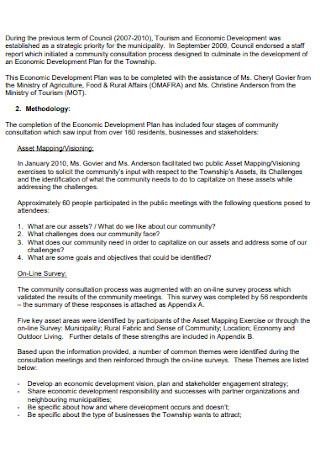
Economic Development Plan Template
download now -
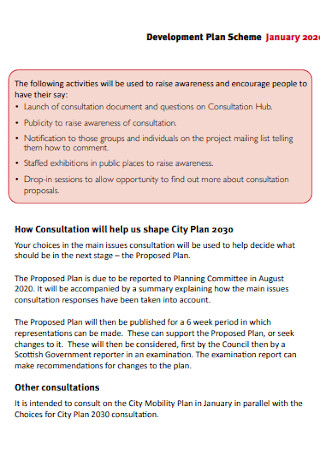
Development Plan Scheme Template
download now -

Community Development Plan Template
download now -
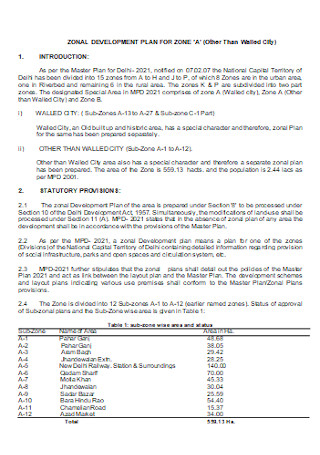
Zonal Development Plan
download now -
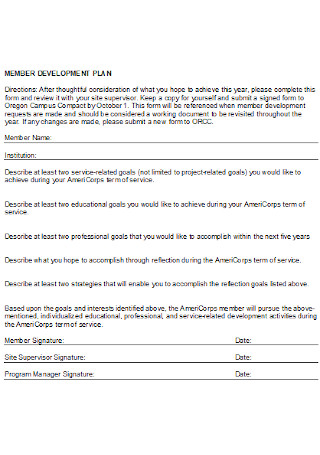
Member Development Plan Template
download now
FREE Professional Development Plan s to Download
28+ Professional Development Plan Templates
What Is a Professional Development Plan?
Examples that Contribute to Professional Development
What Are the Crucial Components of an Effective PDP?
How to Process a Professional Development Plan
FAQs
What are the approaches to professional development?
What are some considerations in developing your strategy?
What are the areas of personal development?
What Is a Professional Development Plan?
Careers are often associated with professional development. There are also cases where professional development plans (PDP) can be required, like in teaching. According to Statista, 482,000 teachers worked in both elementary and secondary schools back in 2017. And every teacher has different goals, whether it is a career-oriented or personal goal. So what is PDP? It refers to the roadmap in which skills, strategies, and lessons enable you to develop further and accomplish particular goals. Indeed, a worker is a professional, but there is still room for further professional and personal development with the help of discipline, education, and, most importantly, a well-made PDP.
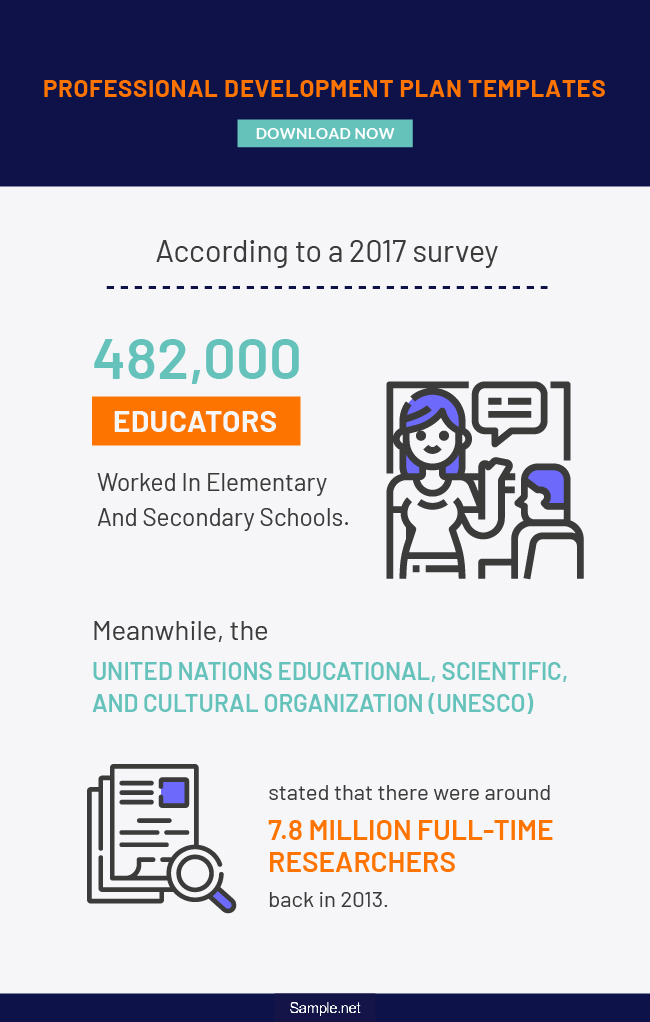
According to a 2017 survey, 482,000 educators worked in elementary and secondary schools.
Meanwhile, the United Nations Educational, Scientific, and Cultural Organization (UNESCO) stated that there were around 7.8 million full-time researchers back in 2013.
Professional Development Plan: Why Is It Important?
Yes, a professional development plan is helpful to reach your personal and career goals. And what makes PDP important is how it outlines and structures the steps to accomplish every goal. Hence, you develop a practical plan so your goals will certainly be achieved once you follow and complete the steps. More so, there is no need to create a lengthy professional development plan essay. Plans are direct to the point as they are carefully processed. And you can craft the plan in different formats, designs, styles, etc.
Furthermore, the outcome expected from PDP will be worth it. For example, you finally gain insights and lessons that improve work performance, personality, knowledge, and more. You might be surprised by how big your potential is once you finally achieve your dreams. And once you accomplish a lot, imagine how solid your work experience would be. Job searching would no longer be that difficult for you. Continuously reach milestones, and you will grow as a worker and as an individual.
Examples that Contribute to Professional Development
Professional development plans are known for continuing growth. And did you know that PDP covers a variety of fields and not just in teaching? Whether you come from sales, MBA, marketing, agriculture, or arts and entertainment, there is room for continuing growth. And in this section, we outlined some of the notable examples of activities where professional development and growth are involved.
What Are the Crucial Components of an Effective PDP?
Generally, three major components make an effective professional development plan. They are the assessment, challenge, and support. And each of them plays a great role in ensuring your goals reach a successful end. You might realize your goal remains a goal for a long time because you fail to consider such components. Without further ado, learn the difference of each component for your PDP.
Assessment
Every individual’s idea of success differs. So there should be a clear assessment report in recognizing what success looks like to you. Assessing includes standards, and it helps to check if you are in favor of or against such standards. Hence, regular reviews and evaluations of your development progress is a must.
Challenge
Do not expect a risk-free ride to your development plan. There are limits and comfort zones to conquer too. Add a challenge to the plan, so there is a stretch to grow and learn continuously. Besides, how can you feel like you have grown without conquering challenges along the way? And the challenge should not be random because it depends on you regarding what is challenging or not.
Support
Most individuals focus on financial support to help them proceed to the PDP. But there is more than that to consider for your plan. Who will give you feedback about your performance? And who will guide you in improving your skills? More so, think about your environmental support. Be open to other ways to gain support for the sake of continuing the plan without turning back.
How to Process a Professional Development Plan
You are well-aware of what a professional development plan is. The same thing applies to the PDP’s importance, examples, and major components. Now, proceed to structure the plan itself. It will not be that much of a hassle, though, because we have sample professional development plan templates prepared, as seen above. Be sure to find the template that fits your purpose, download it, and fill in the details. And to increase your plan’s success rate, be sure to observe these five easy steps on how to process the PDP:
Step 1: Begin with Self-Assessment
First things first, assess your professional interests, current knowledge, and special skills. Self-assessment gives you a reality check about your latest position and how far or near you are to your career goal. Be honest in evaluating because this is not about thinking highly of yourself or belittling what you can. Review your overall performance in different aspects and judge your work with criteria. Or you can let others assess for you via judging score sheets. Examples include listing your assets, which many co-workers or employers were impressed with, and other skills you find valuable to any industry.
Step 2: Set Practical Goals
A professional development plan is incomplete without SMART goals, aka specific, measurable, achievable, relevant, and timely goals. You need a vision on what to accomplish in the long run, anyway. And setting goals in the right structure is just the perfect recipe. Expect to begin with the baby steps until the challenge rises. First, determine if you are planning a short, mid, or long-term goal. Next, slowly list your goals and objectives while also being specific. Your list will then be sequenced according to the highest priorities down to the lowest.
Step 3: Formulate Strategies
Do you have your goals? Check. Now how about the strategies in achieving them one by one? That leads us to the next step—create strategic plans. Strategies help define objectives and ensure that you are guided on how to accomplish them. You can jot down various approaches like experiential learning, exposure, or reflection. Experiential learning, which refers to learning through doing, is usually the best approach. One example is when a student planned to be a health specialist and volunteered at a healthcare facility. Thus, that volunteering experience already made the student familiar with healthcare. And it is a great idea for any professional development plan for students.
Step 4: Identify the Best Resources
There are places where you can ensure professional growth, and those shall be your resources. Identify excellent resources you can think of where they could give you workshops, networking opportunities, or any program that can further develop your potential. A common example involves continuing education institutions. These schools include courses that enable you to learn further about specific subjects. And continuing education can help with certification and in getting a degree. You may also consider professional associations and webinars. The choices are up to you. So be sure to prepare the fees and how much time it takes.
Step 5: Prepare a Timeline
A very important step is setting the timeline. Professional development plans are always a work in progress. That can change at any time, and you need to update regularly. That way, you recognize your current stand in your professional career. Your goals may change, and some strategies may transform into better ones. Always check your plan’s effects, record through timesheets, and stay disciplined in following the plan. Rest assured, the results will be worth it.
FAQs
What are the approaches to professional development?
Expect three major approaches to professional development—skill-based training, job assignments, and developmental relationships. And every approach plays a great role in reaching your full potential in professional development.
What are some considerations in developing your strategy?
Many considerations apply in making strategies, but it depends on the context. The common considerations refer to a career change, advice, and skill development. If you plan to change your career, consider your education and how long you need to obtain your next career. When you need advice, get help from actual professionals. And if you require skill development, take opportunities from jobs.
What are the areas of personal development?
In personal development, there are five areas. They are physical, cerebral, emotional, spiritual, and social development. And such areas take the holistic approach in learning.
American entrepreneur Jim Rohn once said, “If you don’t design your own life plan, chances are you’ll fall into someone else’s plan. And guess what they have planned for you? Not much.” Rohn’s statement is certainly a reality where there is a need to make your plan rather than let someone else do it for you. Other people’s ideas of success will not always be what you think. Settle on what you prefer and structure it with a professional development plan. It needs not to be too strict like a university degree or boring like a long-hour office audit anyway. You make the criteria, parameters, and objectives, and you, yourself, can evaluate how effective it is.
